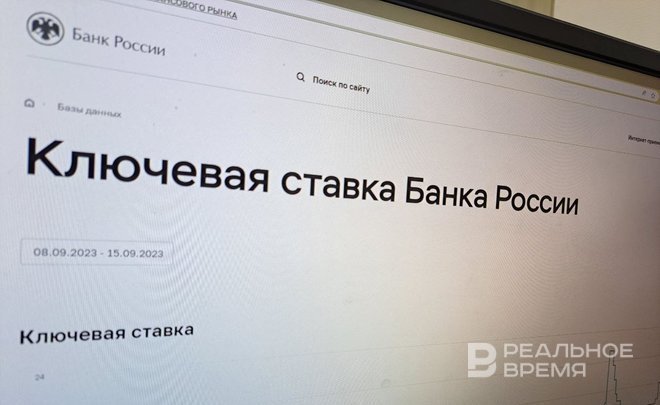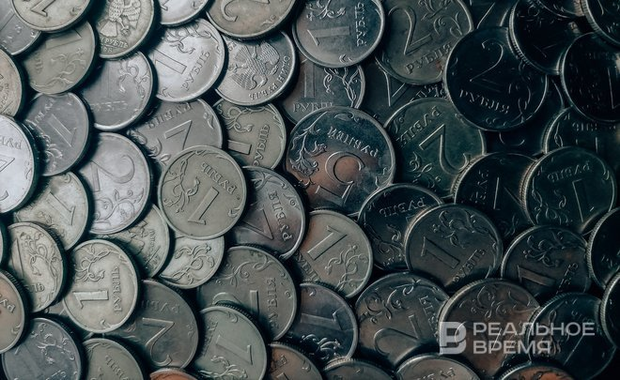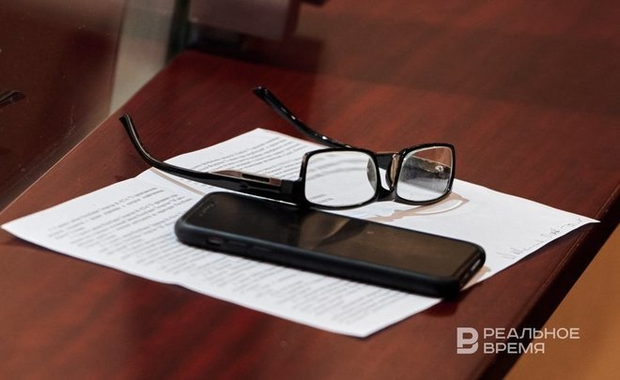Bank of Russia raises key rate to 13%

The Board of Directors of the Bank of Russia raised the key rate by one percentage point — to 13% — on 15 September. This is the third rise in a row.
“Inflation pressure remains high in Russia. Significant pro-inflation risks became a reality: higher domestic demand outstripping the possibilities of production ramp-up and weakening ruble in summer months. In these conditions, it is necessary to provide additional tightening in monetary and loan terms to limit the scale of inflation up from the target and returning it to 4% in 2024,” says a message of the press service of the Bank of Russia.
The regulator specified that the return of inflation to this indicator and further stabilisation at this level “envisage a long period of keeping tough monetary conditions in the economy” of Russia.
The Central Bank will take further decision on the key rate “considering the real and expected inflation dynamics in regard with the goal, process and structural economic readjustment.” Also, “the risks of domestic and external conditions and financial markets’ reaction to them will also be assessed.”
“The Bank of Russia will evaluate the feasibility of further key rate rise at the following meetings,” the regulator claimed. The next key rate meeting is scheduled for 27 October 2023.

It should be reminded that the previous board meeting of the Bank of Russia on the key rate was extraordinary — it was on 15 August. The regulator then raised the indicator by 3.5 pp — to 12% a year. The decision was made to limit risks for price stability.
Experts surveyed by Realnoe Vremya claimed that the decision on raising the key rate to 12% was forced. President of Russia Vladimir Putin voiced the same opinion at a plenary session of Eastern Economic Forum on 12 September.
“I think it did correctly, on time,” the head of the country commented on the decision paying attention to the fact that “inflation started to rise a bit” in the country.
Head of the Bank of Russia Elvira Nabiullin warned that the fall in the key rate at the next board meetings of the regular was unlikely. According to her, this is possible if the price rise pace stably goes down.

The highest key rate in Russia was 20% — the Central Bank raised it to this digit after the start of the special military operation. Before 28 February 2022, it was 9.5%.
“External conditions for the Russian economy have dramatically changed. The rise in the key rate will allow providing higher deposit rate to the levels that are needed to compensate for high devaluation and inflation risks. This will allow keeping financial and price stability and protect citizens’ saving from depreciation,” the Bank of Russian explained its decision last February.
Then the key rate gradually went down: to 17% from 11 April 2022, to 14% from 29 April 2022, to 11% from 27 May 2022, to 9.5% from 10 June 2022 and to 8% from 22 July 2022. Last September, the regulator lowered the key rate to 7.5% — it stayed at this level for nearly a year, to 21 July 2023 when the Board of Directors of the Bank of Russia raised it by a percentage point, to 8.5%.
Without surprises
The decision of the Central Bank on 15 September wasn’t unexpected for the market. Earlier last week, head of the Macroeconomic Analysts Department of Finam Financial Group Olga Belenkaya didn’t rule out that the key rate of the Central Bank could be raised even to 13.5%.

Pent-up effect
In the analyst’s opinion, the national currently will “feel” the positive effect of the CB’s actions later.
